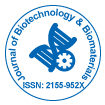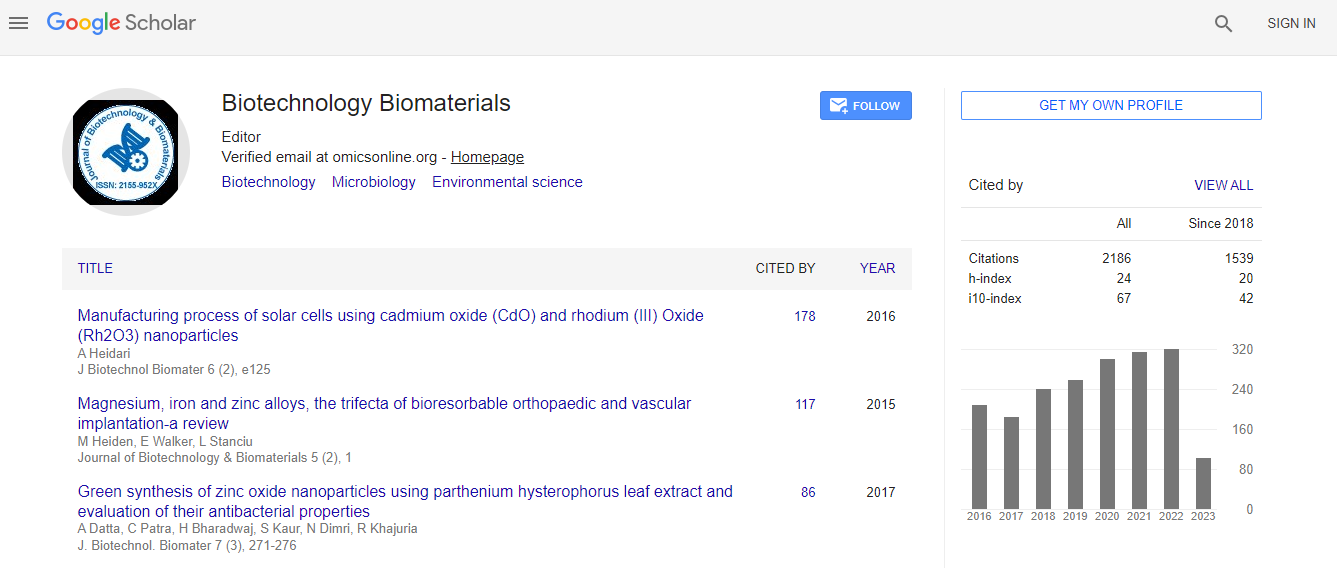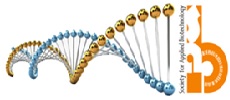Establishment of in vitro cultures of Picrolemma huberi and antiplasmodial activity of ethanol extracts
*Corresponding Author:
Copyright: © 2020 . This is an open-access article distributed under the terms of the Creative Commons Attribution License, which permits unrestricted use, distribution, and reproduction in any medium, provided the original author and source are credited.
Abstract
Malaria disease is caused by Plasmodium spp. parasites, with aprox. 435,000 deaths in the year around the world. There have been reports for several years of resistance to conventional medicines. Ethanolic cortex extracts of the Colombian native plant Picrolemme huberi showed a
high antiplasmodial activity, IC50 0.18 μg/mL with a 51.4 selectivity, becoming a potential source for antimalarial drugs. In this project, in vitro cultures of P. huberi were established from seeds collected from the Colombian forests. In addition, different media were evaluated for micropropagation and callus formation. Thus, seeds were collected, disinfected and germinated in complete MS medium without phytohormones. Then, a medium for the micropropagation of plantlets from cuttings was defined. The best medium among four evaluated – was the composed by MS with IBA, IAA, ANA and AG3 at 0.05, 0.025, 0.01 and 0.025 mg/L respectively. This medium showed a rate of loss of explants of 0.0%, and
a multiplication rate of 1.13, encouraging the formation of 3.92 buds, 0.88 roots and 3.58 leaves per cutting in average, in 9 weeks. For callus formation, 60% callus formation was found in a medium consisting of 4.4 g/L MS, 30 g/L sucrose, 4 mg/L auxin, 1 mg/L cytokine. The ethanol extracts from the in vitro stems had an IC50 0.27 ug/mL on a strain of P. falciparum resistant to chloroquine. This is the first report of the antiplasmodial activity of in vitro cultures of a Colombian native plant, which may become the source of an alternative treatment for malaria.

 Spanish
Spanish  Chinese
Chinese  Russian
Russian  German
German  French
French  Japanese
Japanese  Portuguese
Portuguese  Hindi
Hindi 
